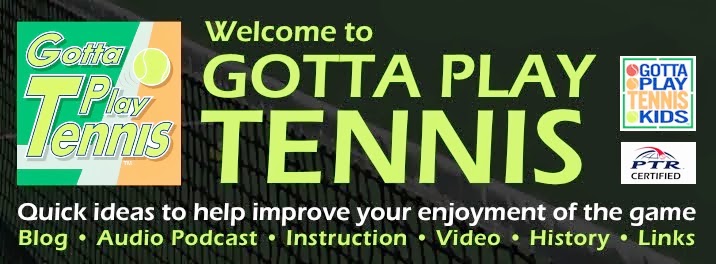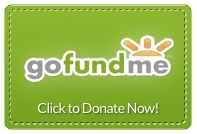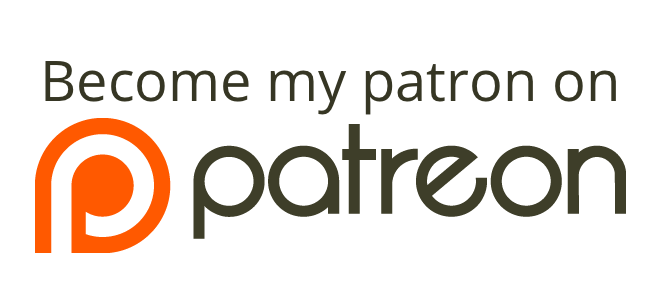 |
| Novak Djokovic drops to the court upon his victory |
I have been in the presence of greatness. I have seen history in the making. I have been awed and made virtually speechless by the accomplishment. To what am I referring? The Australian Open Men's Singles Championships between Raphael Nadal and Novak Djokovic. No, I wasn't actually IN Melbourne, Australia to witness this spectacle. But that did not matter since I was enjoying it from the comfort of my couch, at 3AM EST, and enjoying all of its magic.
Novak Djokovic and Rafael Nadal put on a show that, to any tennis fan, was breathtaking. And for anyone who thinks tennis is for wimps, (like someone I encountered in December of 2011 on the tennis court attempting to play hockey) I think these two world-class athletes put this notion to rest once and for all. The matchup was a classic–number one in the world Novak Djokovic against number two in the world, Rafael Nadal. Djokovic was the returning champion, and up to this point, had beaten Nadal in every one of their last six meetings. This title is the one that began Novak's meteoric rise to the top of men's tennis by winning the Australian Open, Wimbledon, and US Open in 2011–three of the four coveted Grand Slam tournaments in a tennis season.
The stage was set after Novak beat Andy Murray, world number four, in five tough sets. Rafa had beaten his arch rival Roger Federer, world number three, in four stimulating sets. All this took place within just a few days ago, and hours of both physical and mental fortitude sucked the life from all four of these competitors. But two needed to return and do battle in the final–and do battle they did!
The match was won by Novak Djokovic by a final score of 5-7, 6-4, 6-2, 6-7(5), 7-5. Lasting 5 hours and 53 minutes, it has become the longest men's singles final–in a Grand Slam tournament–since the battle between Mats Wilander and Ivan Lendl for the US Open title in 1988–that match lasted 4 hours and 54 minutes.
Groundstrokes were routinely hit at 75-100 miles per hour, and serves continued to be pounded like missiles to each other at speeds in the 120s. Let's not even discuss how many miles they ran, in short but explosive bursts, as they covered the court for 20 to 30 stroke rallies. This was a test of will as much as a test of skill. Neither would back down.
Let me say it once again: how can one who enjoys athletic competition not be enthralled by this sport? Novak Djokovic may be the 2012 Australian Open Men's champion, but I personally feel like the winner. I have witnessed what I consider to be one of the greatest testaments to the quality, sportsmanship, and courage that tennis provides.
Thank you very much gentlemen. Take a well deserved rest. I look forward to more in the upcoming season.













